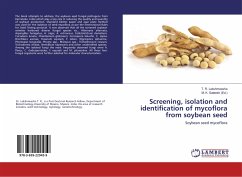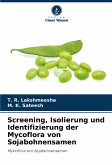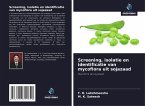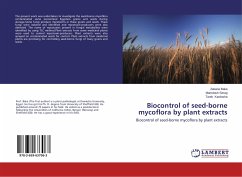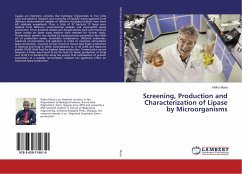The book attempts to address, the soybean seed fungal pathogens from Karnataka, India which play a key role in reducing the quality and quantity of soybean production. Standard blotter paper and agar plate method was used for the isolation of seed mycoflora as per the International Rules for Seed Testing protocol. It was observed that all the screened soybean varieties harbored diverse fungal species viz., Alternaria alternata, Aspergillus fumigatus, A. niger, A. ochraceus, Colletotrichum dematium, Curvularia lunata, Chaetomium globosum, Cercospora kikuchii, C. sojina, Drechslera avenae, Fusarium equiseti, F. solani, Nigrospora sphaerica, Phomopsis longicolla, Phoma spp., Rhizopus spp., Trichothecium roseum, Trichoderma viridae, Verticillium nigrescens and other unidentified species. Among the isolated fungi the most frequently observed fungi were A. flavus, C. cladosporioides, F. equiseti and M. phaseolina. All these four fungal organisms were further selected for molecular characterization.
Bitte wählen Sie Ihr Anliegen aus.
Rechnungen
Retourenschein anfordern
Bestellstatus
Storno

